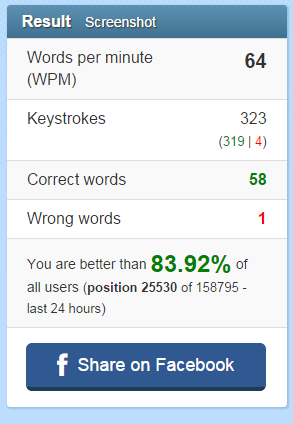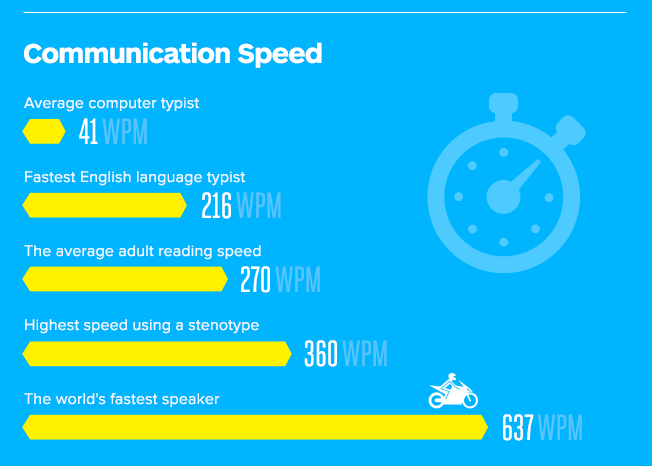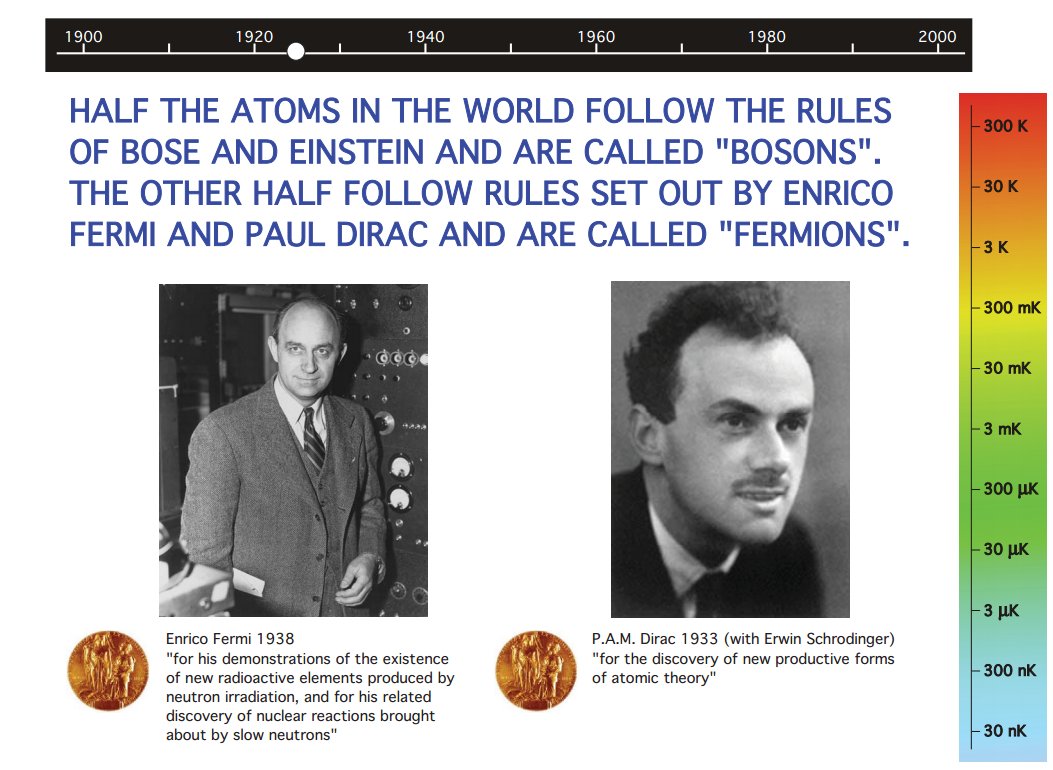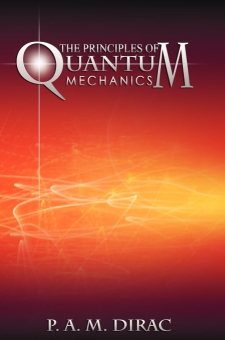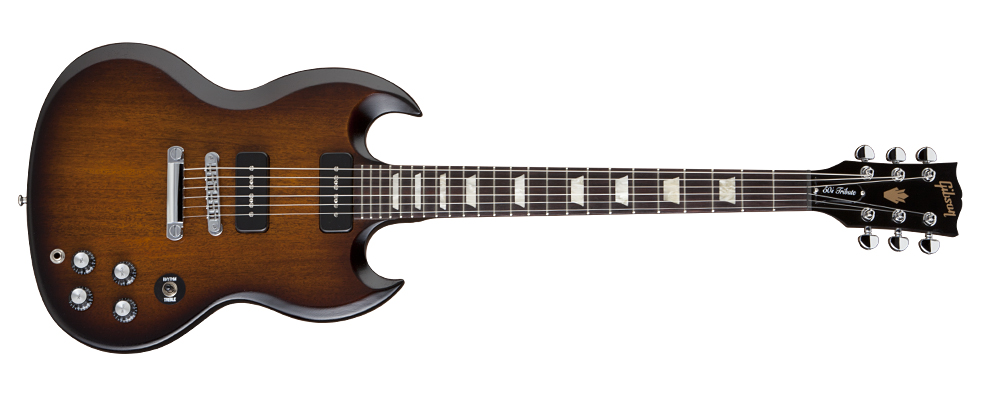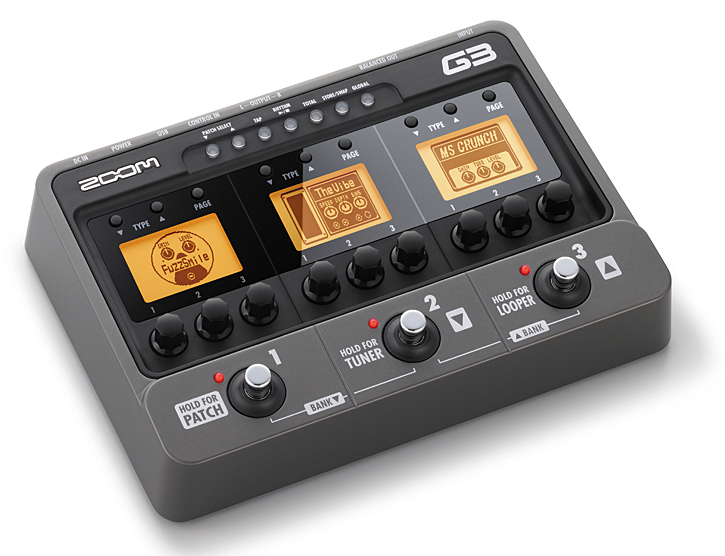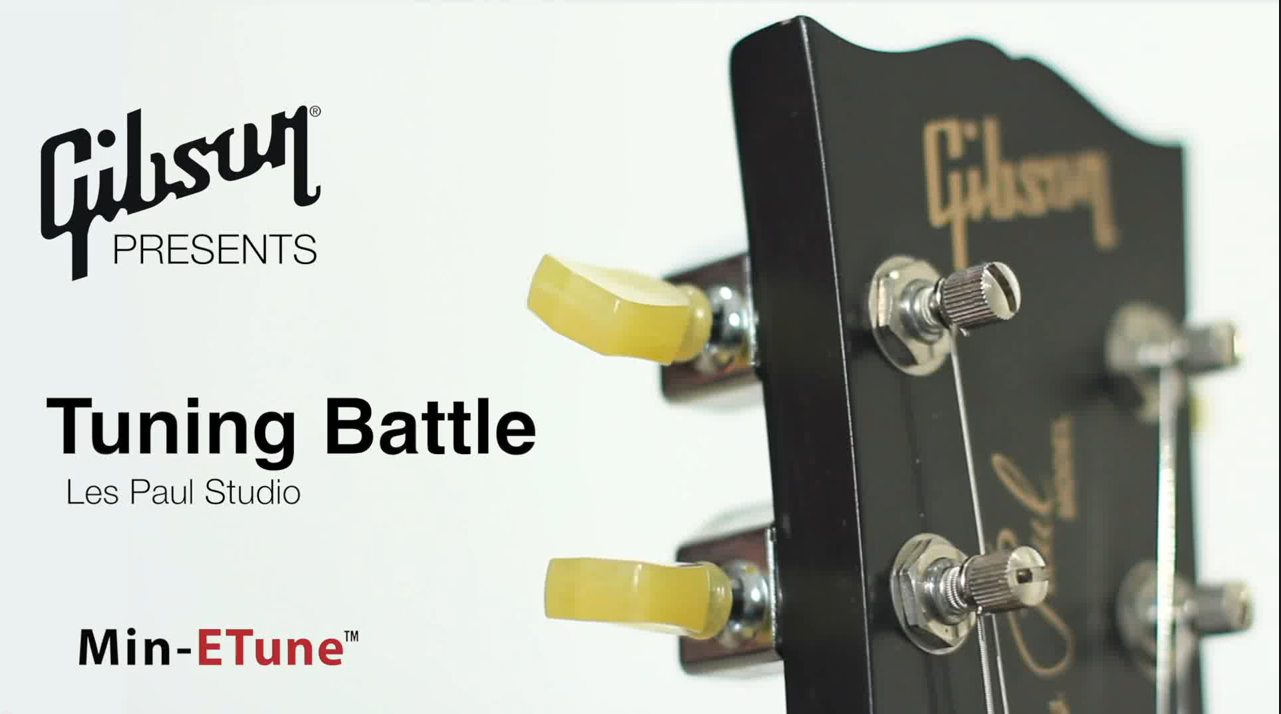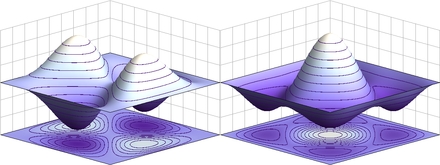
http://en.wikipedia.org/wiki/Identical_particles
For each single-particle state, r, the occupation number nr is defined to be the number of the particles in that state.
Let’s say that there are five single-particle states {1, 2, 3, 4, 5}. Or if you prefer to think in our favorite things, the states could be, say, {7022kHz, 7023kHz, 7024kHz, 7025kHz, 7026kHz}.
The set of occupation numbers {nr} describes a many-particle state, or a band condition in our terms.
For fermions, the occupation number nr can only be 0 or 1. The state is either empty or is occupied by just one fermion. So a many-particle state could be, for example, {nr} = {0, 0, 1, 0, 1}, which means you hear a CQ on 7024kHz and 7026kHz.
On the contrary, for bosons, the occupation number nr can be any non negative integer. An example for this case is {nr} = {1, 0, 99, 999, 9999}, a situation you will observe when a very rare station is announcing “UP 2” at 7022kHz.
So, would you like to be a fermion or a boson?

